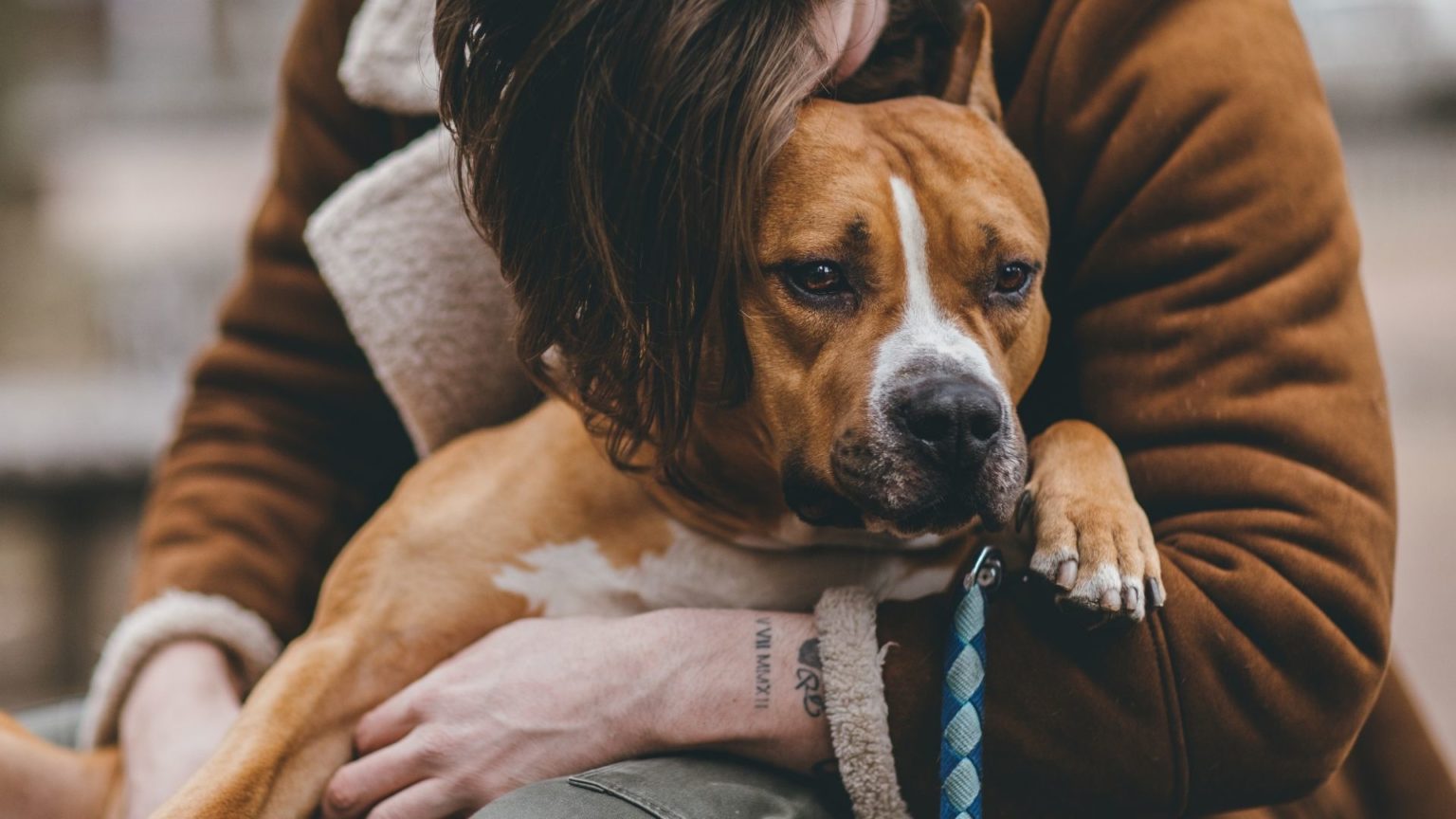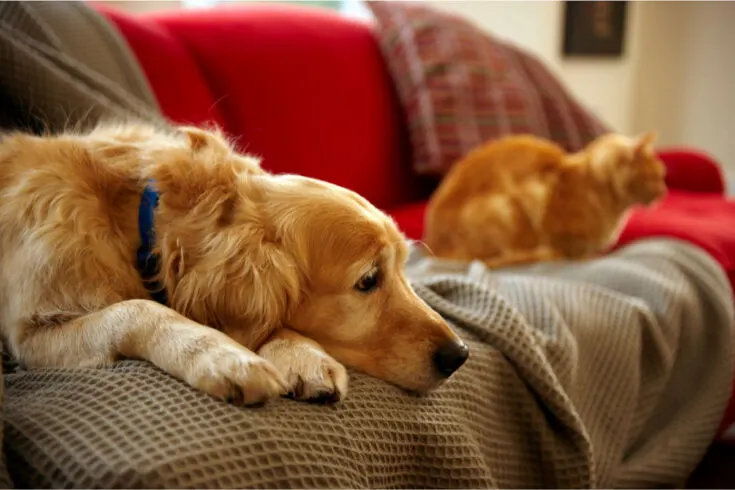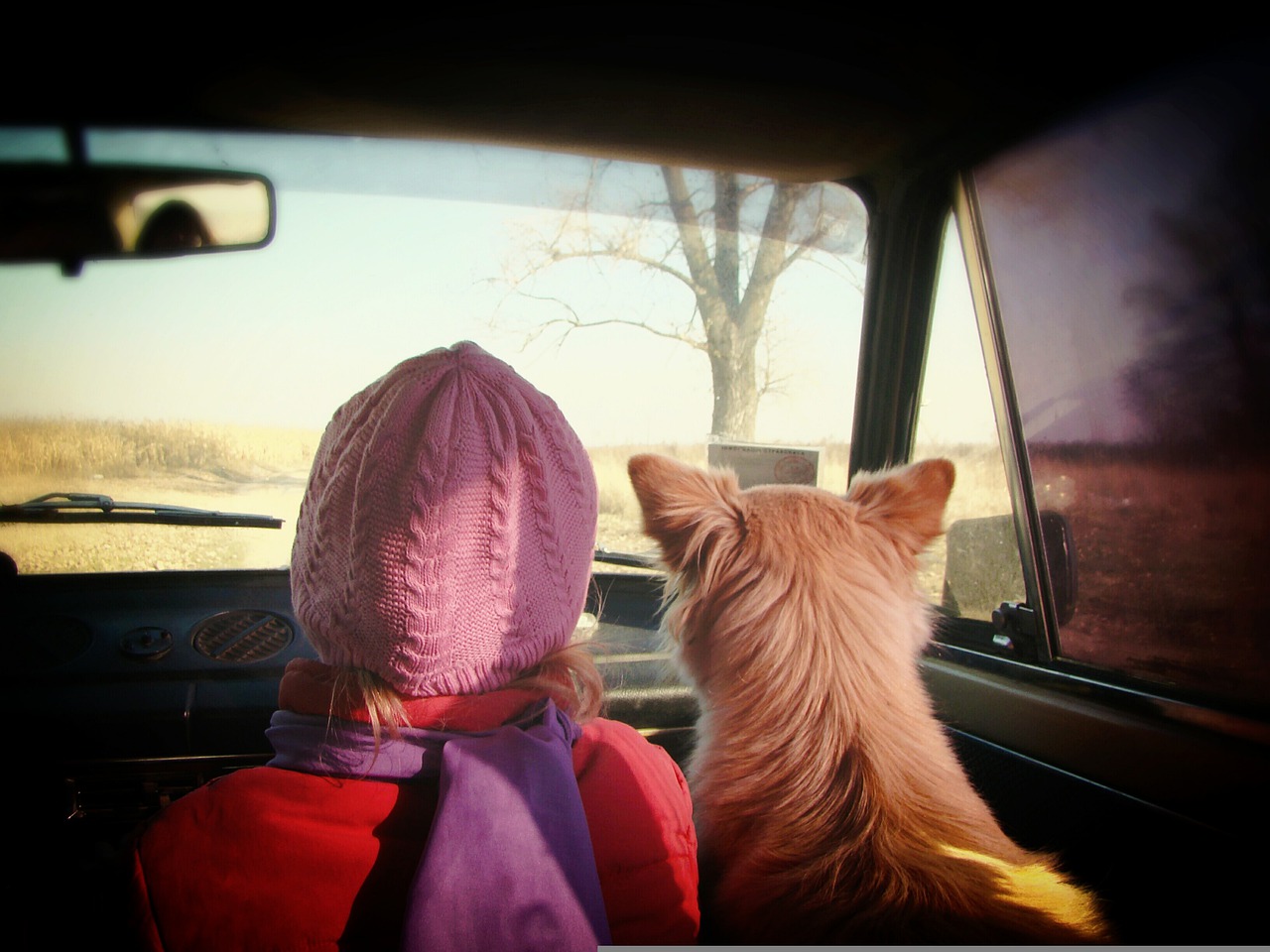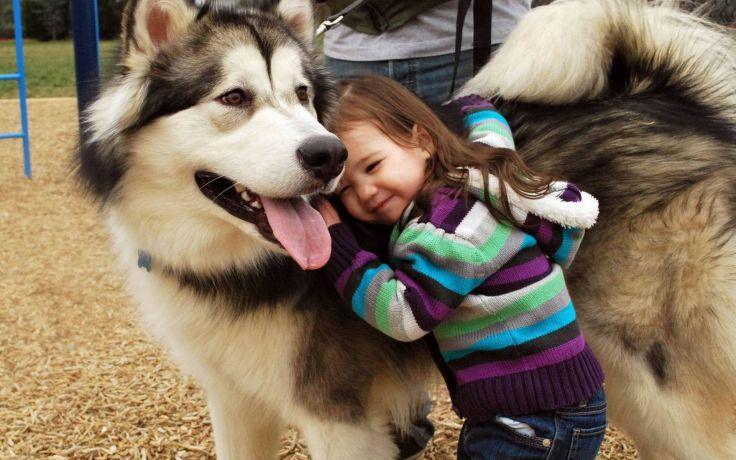
A lot of dogs are affected by fears and fears. They can be caused by many reasons, which could be due to an absence of early socialization or a bad experience from a previous one. The signs of fear for dogs include shaking, fear, drooling or barking, and in some instances, even aggressive behavior.
Is your dog fearful? Do you know why? Find out about the most commonly encountered dog fears and phobias so that you can aid your dog.
Fear of Thunder

Astraphobia, or fear of thunder prevalent among dogs. The level of fear is different between dogs. Some dogs may have only an occasional terror of thunder. In this instance, the dog might tremble at times or show the ears being flattened, large eyes, and a tucked tail during a storm Other dogs might be more frightened which causes them to run away and even spit on each other. They may even lose control over their bowels or bladder.
Astraphobia can cause dogs to be afraid of loud noises. They might or might not be scared of noisy sounds. There are many dogs who suffer from a fear of noise. They fear when they hear loud noises, fireworks or the sound of loud music, trucks moving on the highway, and so on.
Fear of Fireworks

Another dog-related phobia that is commonplace is anxiety about fireworks. Similar to the fear associated with storms, the loud and unpredictable sounds and the light display of fireworks can make canines tremble with terror. This fear could cause dogs to escape and be lost.
For certain dogs, slowly getting them familiar with noises from fireworks could reduce the fear. In other situations, you might need to implement methods of control. Dogs who have severe fireworks fear may require treatment with anxiety drugs or sedatives.
The Fear of Being All by Oneself (Separation Fear of Being Left Alone)

The fear of leaving at home on its own is known by the term separation anxiety. Dogs with separation anxiety often exhibit destructive behavior when their owners leave their homes. Other signs are frequent screaming or incidents that break the house when left to their own devices.
A change in the dog’s behavior could reduce the dog’s fear. By making small changes to their behavior prior to leaving home and remaining at a low level while they go away and return home, pet owners can help reduce a few dogs’ anxieties. Desensitization, which is the process of gradually making the dog comfortable being home on its own is also beneficial for dogs with separation anxiety.
Sometimes, teaching dogs to be in a cage while their owner is away could assist. When separation anxiety becomes extreme and the dog is suffering from severe separation anxiety, medications for the dog are required.
Fury from the Veterinarian

It’s common for dogs to be scared of visiting the vet. The first experience for a dog visiting the vet includes unpleasant smells, being treated in different ways, being confined, and even receiving shots. There’s no reason why dogs could easily be scared of visiting the vet.
If there aren’t any other fears Fear of visiting the vet could be addressed by taking a pet to the vet for some visits to socialize which don’t require an examination. Make sure to give lots of treats and praise If your dog seems at peace.
Fear of riding in the Car

Certain dogs are scared of being in a car. The reason for this is usually because of insufficient exposure to car trips. It could also be triggered by bad experiences in a car, for example, becoming sick in the car or taking a car ride only to be dropped off at shelters, or taking a trip in the car for a trip to the vet. It is possible to conquer your dog’s fear in the car by making use of treats and praise to gently get your dog to the vehicle, and gradually working towards going on rides with small steps. Make sure that the destination you choose is a place that is happy such as a dog park or walks in the park, and it’s within a reasonable distance.
Fear of going up as well as Down Stairs

Dog owners may not even realize that their dog is afraid of climbing and descending stairs until the dog breaks his collar as they walk toward the steps. The fear is usually because of a lack of the early stages of interaction or exposure. A dog that isn’t exposed to stairs when he is a puppy could be frightened of climbing and descending them when he comes across an escalator later on in the course of his life. Certain dogs are able to overcome this fear by turning the process of going up and down stairs into an activity. Others dogs might require learning to navigate the stairs by step. It will take some time and lots of positive reinforcement.
Older dogs might be reluctant to climb stairs when they have mobility or arthritis issues therefore, it is important to eliminate medical reasons that could be causing this kind of behavior. If the dog has suffered an unfortunate fall downstairs before or has had a bad fall, that could also be the cause for the anxiety.
Fear of Men

It might be surprising to know that it’s quite normal for dogs they are scared of males. 5 In some instances this fear could be due to abuse from males. However, it’s mostly due to a lack of socialization. Dogs that don’t spend many hours with males may be scared of their deep voices, bigger builds as well as facial hair.
Dogs who are scared of humans should gradually de-sensitized to males in a calm, non-threatening manner. Remember that dogs that are afraid of men might growl, snap or bite someone in the wake of their fear. Be sure to expose your dog to people from an in-between distance. Be sure that men are aware not to stare or even contact your dog. It may take a while for your dogs to get past this anxiety.
The fear of Strangers

The fear of strangers is comparable to the fear of males however in this instance the dog could be terrified of any person that he doesn’t have a relationship with. This is often difficult to overcome as it is impossible to train your dog to be open to any new person. It’s crucial to allow your dog to meet strangers in the privacy of his own. If you force a dog who is scared to open up to strangers may cause a dog to turn aggressive.
Fear of Children

Dogs develop a fear of children for a variety of reasons. It is usually because of an absence of exposure at an early age to children. Many people acquire dogs prior to becoming parents. If you don’t take a puppy into the home of children the dog might not be able to interact with children. Make sure you expose your dog to all ages, beginning at the age of puppyhood.
Dogs who are afraid of children could have had bad experiences with children. While the intentions of a child may be positive, dogs can take gestures of affection as a sign of danger. Dogs may not comprehend the child’s shrieks or jerky, uncoordinated movement or their small size. Pet owners who deal with a dog who has fears of children must seek out a dog behaviorist or trainer to tackle this fear.
Fear of Particular Objects

Certain dogs are afraid of an object in particular such as vacuum cleaner ornaments for the holidays, a child’s toys, construction equipment, and so on. Most of the time, this type of fear isn’t an issue, since most objects can be removed from sight. In some instances, it can cause problems. For instance, if your dog isn’t willing to go past an object outside your building, or if he becomes an agitated, anxiety-stricken mess every time you clean the carpet. In this situation, it is possible to gradually allow your pet to experience things that he’s afraid of in a calm, joyful way.